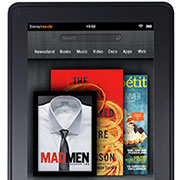
Kindles have caught fire this holiday season. The e-readers and tablets are the top-selling products on Amazon, according to numbers released by by the e-commerce giant this week.
Consumers have purchased more than a million Kindles in each of the past three weeks, the company said. The new Kindle Fire tablet — which sells for US$199 — is Amazon’s most popular product.
The release of sales figures is a departure for Amazon. In the past, it has named Kindle its top-selling item without quoting actual numbers.
The Kindle Fire is the “most successful product we’ve ever launched,” said Amazon VP Dave Limp, and has been the company’s bestselling product in the 11 straight weeks since its debut.
Week-over-week sales have been increasing, he said.
Kindle e-readers are also going strong, noted Limp — “close behind the Kindle Fire on the Amazon.com bestseller list.”
Bandwagon Effect
Kindle Fire sales were likely boosted by the low price point. A number of teardown examinations of the tablet have revealed that Amazon is likely selling it at a loss — presumably to encourage purchases of Amazon’s wide range of content. The apparent success of this approach is bound to put considerable pressure on tablet competitors such as Apple to come out with their own low-cost alternatives. The problem is, competitors won’t be able to rake in profits from content sales.
Amazon’s revelation of Kindle sales figures may be a tactic to create buzz that could prompt even more sales.
“Amazon revealed their numbers because they want to keep the momentum going and create enthusiasm around the platform, especially with application developers,” Jim McGregor, chief technology strategist at In-Stat, told the E-Commerce Times.
While the Kindle line was clearly developed to drive content sales, it could be that access to content may also be driving Kindle sales.
“Kindle’s success proves that you have to have the content to be successful,” said McGregor, and it “starts to create a real barrier for the device OEMs.”
Kindle Fire sales will certainly grab the attention of competing tablet makers, as it is the first major entry into the low-end sector of the tablet market.
“I would expect tablets of different sizes, with different features sets, data plans and all-around different usage models,” said McGregor. “There will eventually be many categories or at least subcategories — not just the slew of media tablets we have today.”
Competition Fired Up
The Kindle’s low price may have uncovered a new market for lower-price tablets. There may be large group of consumers who won’t spend $499 on a tablet but will shell out $199.
“The $199 price point associated with a compelling content offering provides the essential ingredients of success,” Martin Bradley, associate director at Strategy Analytics, told the E-Commerce Times. “The feasibility of hardware improvements over time is likely to play in Amazon’s favor.”
The Kindle Fire’s success may affect other iPad competitors more than it affects Apple. Android tablets have had difficultly gaining traction.
“Some larger brands are continuing to look closely at how to deliver equivalent content offerings,” said Bradley. “Both the weight and the size are significant factors in the range of tablet use cases when traveling.”
Kindle’s success may prove to be irresistible. “Although 10-inch is preferred overall, the market for lower priced 7-inch media consumption devices is largely proven,” said Bradley, “and this opportunity could be exploited by Apple.”

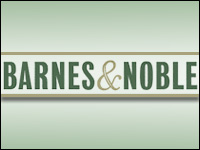


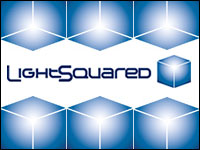

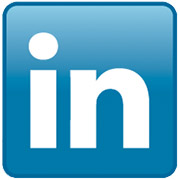
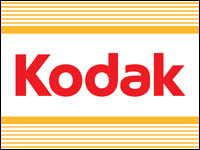



































It’s no longer a war of Product + features but it is a war of what is being offered at the lowest price in the market. Amazon will definitely shake the foundations of competitiors as they are providing a reliable product with feature comparitively close to competitors.